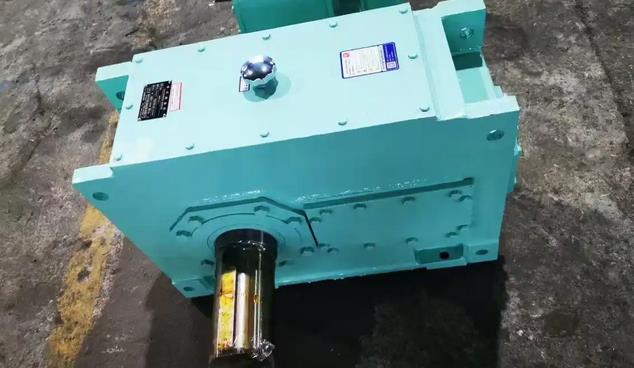What are the differences between different models of H2SH hard tooth parallel axis gearboxes
H2SH industrial gearboxes belong to the second stage transmission output solid shaft model in the H series hard tooth parallel shaft gearboxes. Different models of H2SH industrial gearboxes have differences in the following aspects:

External dimensions and weight: As the model number increases, the external dimensions usually gradually increase, and the weight also gradually increases. For example, H2SH4 has relatively smaller dimensions and lighter weight, while H2SH26 has larger dimensions and heavier weight. This is because different models need to adapt to different installation spaces and load-bearing requirements.
Power and torque: Generally speaking, larger gearboxes can withstand and transmit greater power and torque. The rated power of H2SH4 may be relatively small and suitable for some devices with low power requirements; H2SH26 can transmit greater power and meet the high torque requirements of large mechanical equipment, such as applications in large cranes, mining conveyors, and other equipment.
Transmission ratio: the transmission ratio of different models of H2SH industrial gearbox is different, and the transmission ratio range is between 1.25 and 450. For example, the speed ratio of H2SH4 may be 6.3-28, while the speed ratio of H2SH26 is different from H2SH4. The specific speed ratio depends on the actual design and application requirements, and can achieve different degrees of deceleration or acceleration functions to match the speed requirements in different working scenarios.
Application scenarios: Based on the characteristics of power, torque, and transmission ratio mentioned above, different models are suitable for different industrial scenarios. Small sized gearboxes are often used in light equipment or situations that require high space, such as small conveyors, packaging machinery, etc; Large gearboxes are more commonly used in heavy machinery and equipment, such as large loading and unloading equipment in ports, mining and transportation equipment in mines, and large grinding machines on cement production lines.
Component configuration: Different models of gearboxes may have differences in the dimensions, materials, and precision levels of key components such as internal gears and shafts. Components of high load models typically use higher quality materials and higher manufacturing precision to ensure reliability and stability under high load and long-term operating conditions.

